In an interview last year, President-elect Claudia Sheinbaum predicted that the nearshoring trend will help drive significant economic growth in Mexico during the 2024-30 period of the federal government.
An aspirant to the ruling Morena party’s presidential nomination at the time, Sheinbaum made it clear that she wouldn’t be satisfied with strong economic growth unless it benefited all regions of Mexico and the nation’s poorest people.
So how does she plan to go about ensuring that foreign investment in Mexico is spread across the country and benefits all Mexicans?
The soon-to-be president outlines her response in the “100 pasos para la transformación” (100 Steps for Transformation) document she released earlier this year.
In it, Sheinbaum presents her plan to create 10 industrial corridors spanning all 32 federal entities of Mexico.
She also proposes the construction of “at least 100 additional industrial parks to arrange and distribute national and foreign investment.”
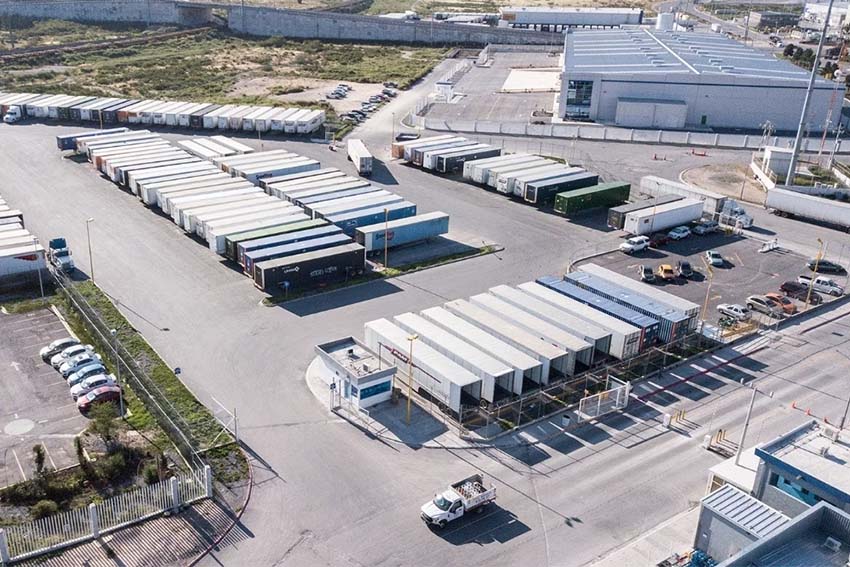
In late 2023, the federal government announced a range of tax incentives aimed at boosting investment in Mexico.
The Sheinbaum administration could offer additional incentives to attract companies in specific sectors to the different industrial corridors outlined below.
Sheinbaum’s regional development plan
At the beginning of the “regional development” section of her 381-page “100 steps” document, Sheinbaum asserts that there is currently a “favorable environment” for business and investment in Mexico because the federal government “has created political and macroeconomic stability” in the country.
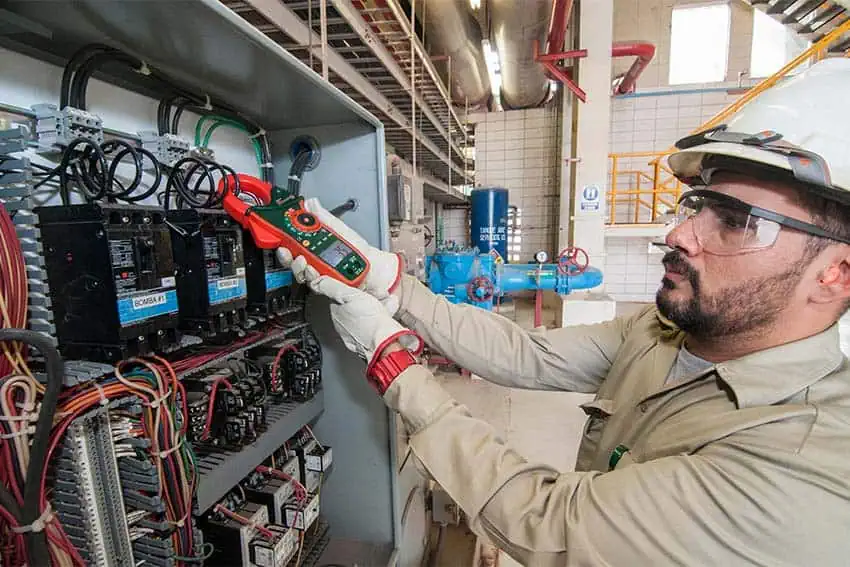
“In addition, it has maintained healthy public finances, strengthened the peso and managed to control inflation despite global pressures,” she writes.
Sheinbaum goes on to say that it is “essential” that the nearshoring investment that flows into Mexico in the coming years contributes to the development of regions across the country.
In that context, she proposes the creation of 10 “specialized” industrial corridors. According to the consultancy Prodensa, industrial corridors are “geographical areas that have a concentration of manufacturing, industrial and logistics activities.”
The Trans-Isthmus Corridor
This industrial corridor, named after the Isthmus of Tehuantepec, will run through Oaxaca, Veracruz, Tabasco and Chiapas, according to Sheinbaum’s plan.
The sectors to be prioritized in the corridor are renewable energy, specialized manufacturing, agro-industry and logistics.

The transístmico corridor includes the recently-opened train line between Salina Cruz, Oaxaca, and Coatzacoalcos, Veracruz.
The railroad — part of the government’s plan to create a trade route that rivals the Panama Canal — will allow freight to move between the Salina Cruz port on the Pacific coast and the Coatzacoalcos port on the Gulf of Mexico coast.
The AIFA Corridor
This corridor, named after the Felipe Ángeles International Airport (AIFA), will run through Mexico City, México state and Hidalgo.
The priority sectors are medical devices, chemical and pharmaceutical products, logistics, specialized manufacturing, services, and food and beverages.
This corridor includes Mexico’s busiest airport, the Mexico City International Airport, and AIFA in México state, which has considerable capacity to increase flight numbers. The AIFA corridor also includes the federal government’s new “Well-Being Mega Pharmacy.”
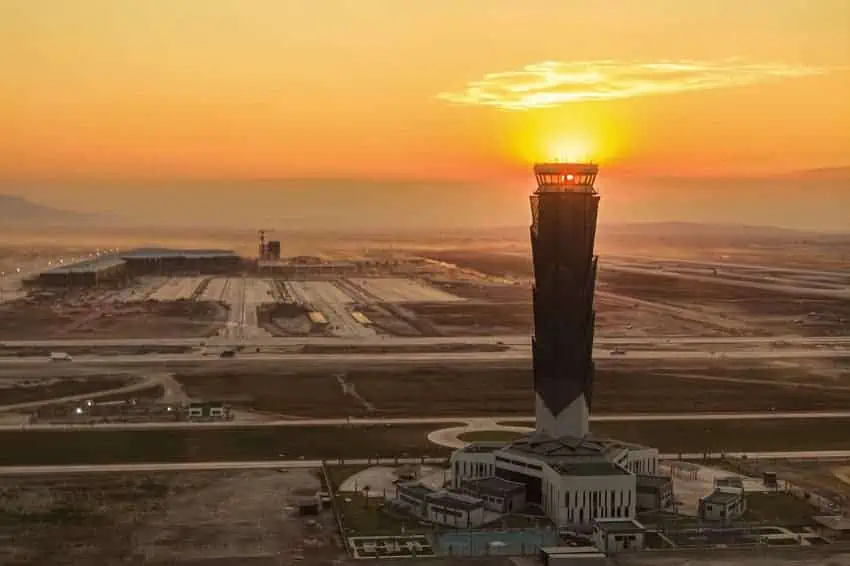
The Gulf Corridor
Running mainly along the Gulf of Mexico coast, this corridor will pass through Campeche, Chiapas, Tabasco and Veracruz.
The priority sectors are petrochemicals, fossil fuels, lumber, fruit production and fishing.
This corridor includes Pemex’s new Olmeca oil refinery on the Tabasco coast as well as the state oil company’s refinery in Minatitlán, Veracruz.
The Pacific Corridor
This corridor will run through the Pacific coast states of Michoacán, Colima, Jalisco and Nayarit.
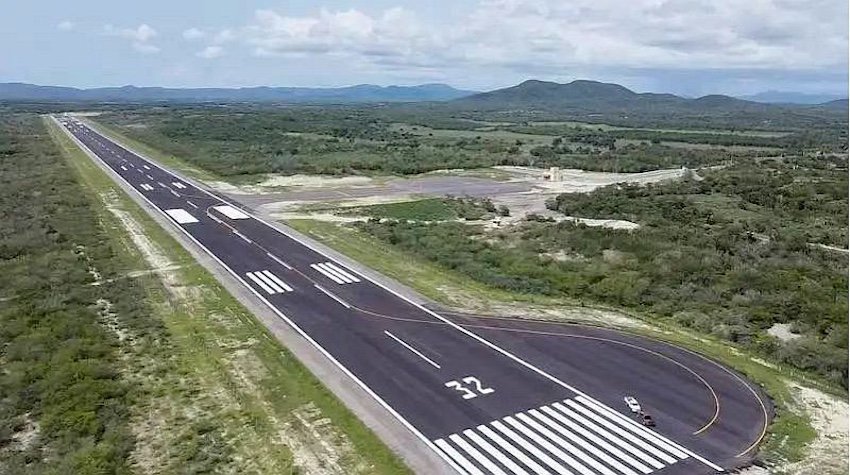
The priority sectors are agro-industry, industry 4.0 (smart manufacturing), logistics and tourism.
This corridor will include a new international airport in the coastal municipality of Tomatlán, Jalisco.
The Border Corridor
Running along Mexico’s northern border with the United States, this corridor will run through the states of Chihuahua, Coahuila, Nuevo León and Tamaulipas.
The priority sectors are auto parts, manufacturing and agro-industry.
This corridor already includes a large number of export-oriented manufacturing plants known as maquiladoras. Many maquiladora workers earn low salaries, but Sheinbaum asserted that her government will seek manufacturing investment that brings “fair and decent salaries, knowledge, technological innovation and added value.”
The Baja Corridor
As its name indicates, this corridor will include the states of Baja California and Baja California Sur as well as Sonora and Sinaloa, which also border the Gulf of California.
The priority sectors are semiconductors, renewable energy generation, tourism and agriculture.
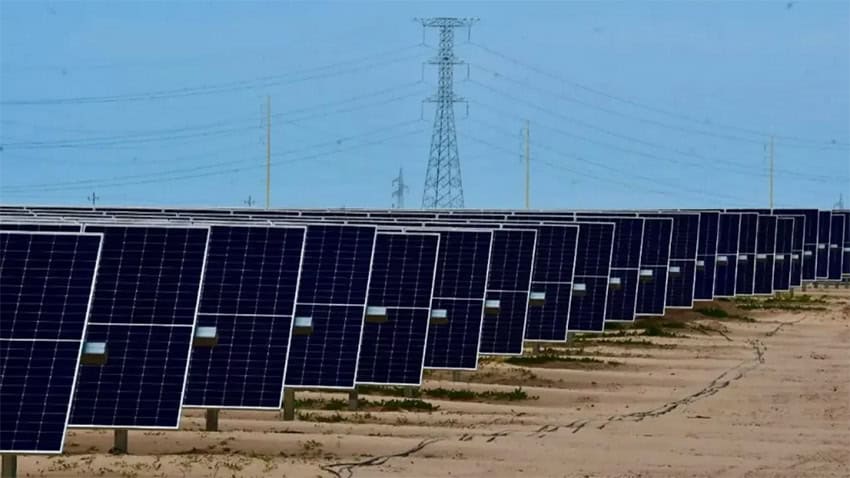
This corridor includes the huge Puerto Peñasco solar farm in the state of Sonora.
Earlier this year, the United States government announced that it would partner with Mexico in a new initiative whose ultimate aim is to strengthen and grow the Mexican semiconductor industry.
The Bajío Corridor
This corridor will run through the Bajío region states of Querétaro, Guanajuato, San Luis Potosí and Aguascalientes.
The priority sectors are automotive, data centers, aeronautical and tourism.
This corridor is already home to auto plants operated by companies such as General Motors, Ford, Nissan and Honda. More foreign automakers including Chinese companies could open plants in the region in the coming years.
Microsoft and Amazon Web Services already have a presence in Querétaro, and Google is planning to set up a data center region in the state.
The Maya Corridor
Named after the people who have inhabited Mexico’s south and southeast for thousands of years, this corridor will run through the states of Tabasco, Campeche, Yucatán, Quintana Roo and Chiapas.
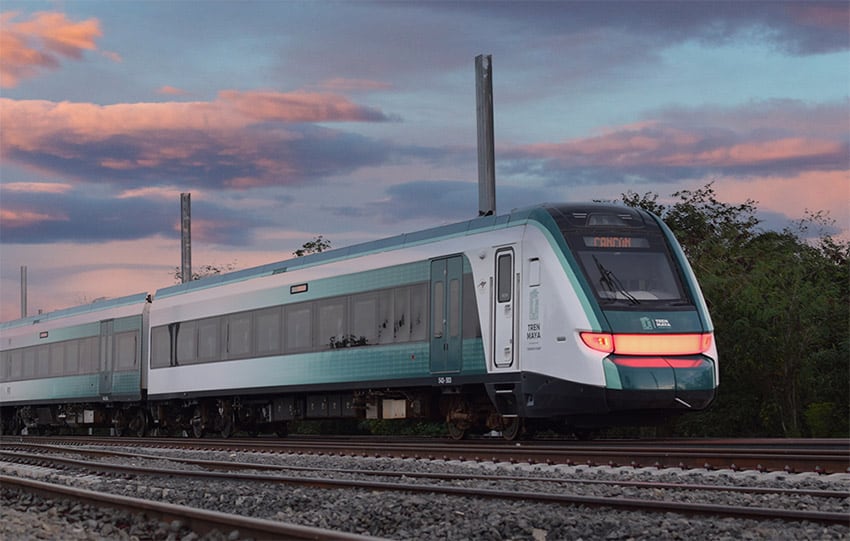
The priority sectors are tourism, agro-industry, renewable energy, food and beverages, and services.
This corridor includes the US $20 billion Maya Train railroad, which is already partially operational and is slated to be completed later this year. Tourist trains are currently running on the railroad, but freight services are expected to commence soon after the project is completed.
Sheinbaum said in late June that she was analyzing a proposal to extend the Maya Train railroad to Progreso, a port city north of Mérida on the Gulf of Mexico.
The Central Corridor
This corridor will run through Guerrero, Morelos, Puebla and Tlaxcala.
The plan prioritizes four sectors: textiles, automotive, electricity and electronics.
Volkswagen and Audi already have plants in Puebla, while Nissan has a factory in Cuernavaca, Morelos.
The Northwest Corridor
This corridor will run through Sonora, Sinaloa, Durango and Zacatecas.
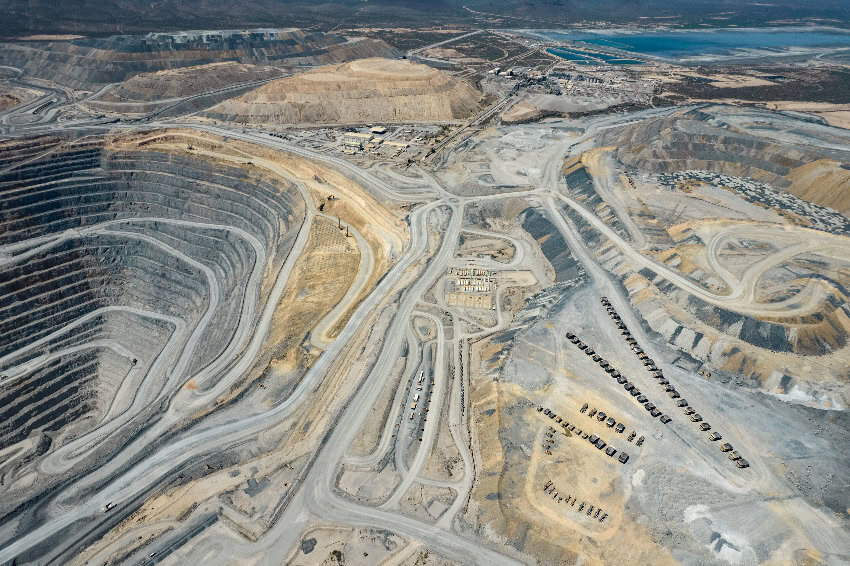
The priority sectors are mining, agriculture and electricity generation.
Mexico’s largest potential lithium reserves are in Sonora. The current federal government nationalized lithium in 2022, but Chinese company Ganfeng Lithium remains determined to go ahead with its proposed Sonora Lithium Project despite the cancellation of its concessions.
The goals of Sheinbaum’s industrial corridor plan
In her “100 steps” document, the president-elect says that “unlike in the past, we must ensure that investment translates into well-being for everyone.”
Sheinbaum says that “strategic infrastructure projects” must be prioritized in the 10 industrial corridors to guarantee residents’ rights to housing, water, energy, health care, education and high-quality transport.
The president-elect also writes that the government has a responsibility to ensure that job creation occurs close to where people live.
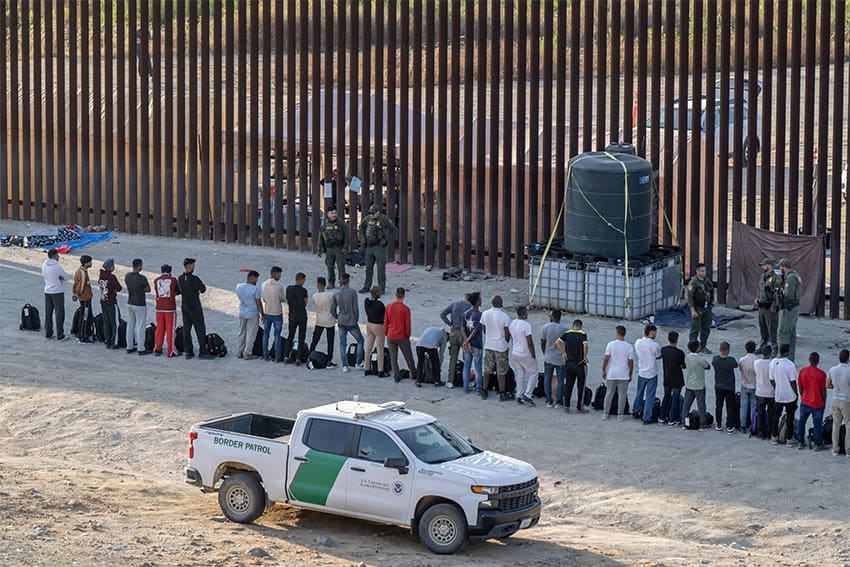
If employment is available, migrating to another part of Mexico or another country — most commonly the United States — goes from being “the only way” to improve one’s life to “one of many choices that people can take with autonomy,” Sheinbaum says.
The president-elect also writes that “regional development and the defining of productive vocations by federal entity will provide continuity to the approach focused on the development of value chains in the priority sectors for North America.”
The objective, she says, is to “achieve the substitution of imports from Asia” for North American companies — a central goal of nearshoring to Mexico.
Sheinbaum adds that “the main sectors … that must be promoted in the coming years are:
- Semiconductors
- Electronics
- Electro-mobility (electric vehicles, for example)
- Medical devices
- Agro-industry
By Mexico News Daily chief staff writer Peter Davies (peter.davies@mexiconewsdaily.com)
